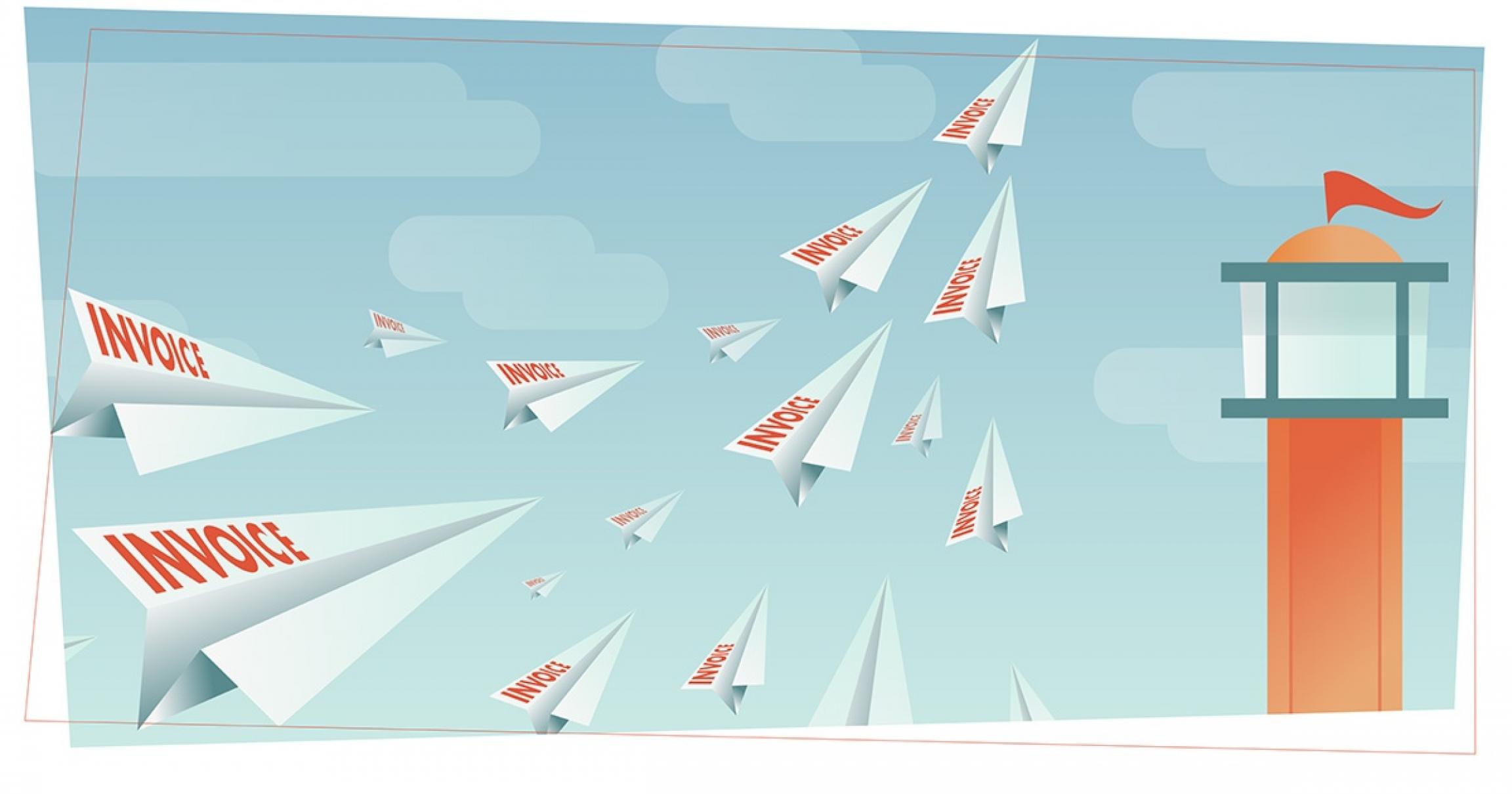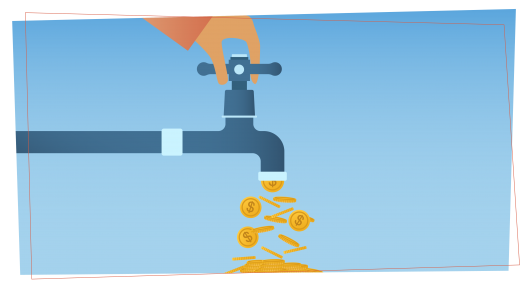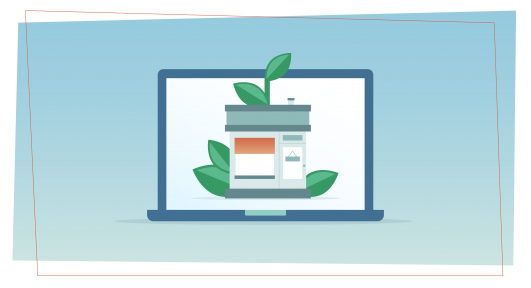8 Invoicing Tips to Maximize Cash Flow for Your Small Business
Small Business
1. Automate Invoicing
Not only can you compare your cash flow projections with your actual revenue, but you’ll save time spent creating billing documents and looking up customer information. The right software can automate your invoicing process and cut down on mistakes made by manually billing your clients.
While there are plenty of options out there, we prefer Ballpark for time-tracking and invoicing. It’s easy to use, has powerful reporting tools and delivers great looking invoices and estimates. We also own Ballpark, so we'll admit we're partial.
If you’re already using QuickBooks Online for your accounting, it can also send invoices. It also has the extra advantage that it can integrate with Pulse.
2. Set Payment Terms In Advance
If possible, send out a written estimate before any work is done, then follow up with an invoice afterward. You can solidify your client’s expectations and avoid confusion down the line.
Creating this kind of consistency in your billing can also speed up payment, as the customer isn’t caught unaware by a cost they don’t recognize.
Invoicing software often has powerful features for creating estimates. For example, in Ballpark you can create estimates for a customer and then turn the accepted estimate into an invoice with one click.
4. Number Your Invoices
If a client has a question about an invoice, it helps to be able to find it quickly. You should number your invoices to track payments for easy reference later. This should be no problem with your invoicing software.
Some invoicing experts recommend that you avoid labeling your first invoice 001, as customers can perceive a higher number as a mark of established experience. So, start with a higher number.
5. Set Short Payment Terms
Be precise when you specify payment terms. Customers often view phrases like “payment due upon receipt,” to be a bit more vague than an actual date.
Thirty days is a pretty standard arrangement, but feel free to tailor payment terms to best suit your business and the needs of your individual clients.
6. Make it Easy for Customers to Pay You
Consider letting your customers pay you online. It's easier on them, which means it's easier for you to get paid. Some platforms charge a percentage on transactions and others a flat monthly fee. This decision will be dependent on the nature and volume of your business.
Some invoicing software, Ballpark included, will let you enable payment via PayPal, Stripe or credit card, and even automatically increase an invoice to cover the credit card processing fees.
When mailing or faxing invoices, use clear language. Phrases like “net 30” may be common to most business owners, but don’t make the same assumptions about your clients.
Also, make your invoices easy to scan so the clients are clear where to send payment and how much they owe.
7. Stay in Communication with Your Clients (And Be Polite)
Carry good customer service into your invoices, a little personalized note or even just “Thanks!” on an invoice can have a pretty great return on investment.
It’s common to send a reminder the day a payment is due, and then once a week for every week thereafter. But you may also want to keep a client informed of progress during a project (depending on its length), and you definitely want to let your client know of any changes to a charge as quickly as possible.
Use the same point of contact for all billing matters if you can; building rapport with an individual can grease the wheels if a misunderstanding does occur.
8. Charge Interest on Late Payments
There should be a clear plan for customers with late payments, and this information should be on the original quote. A specific amount is more common than a percentage.
This fee doesn’t need to be large; you’re not trying to antagonize your clients. But it’s not out of line either. It simply shows that as a professional you expect clients to live up to a bargain the same as you do.
Above all, be consistent. Consistent invoicing leads to consistent payment. And consistent bill payment is incredibly helpful to accurately projection your cash flow. And accurately projecting cash flow is what Pulse is here to help you accomplish.
...
Original illustration by Travis Knight from Simple Focus
...


